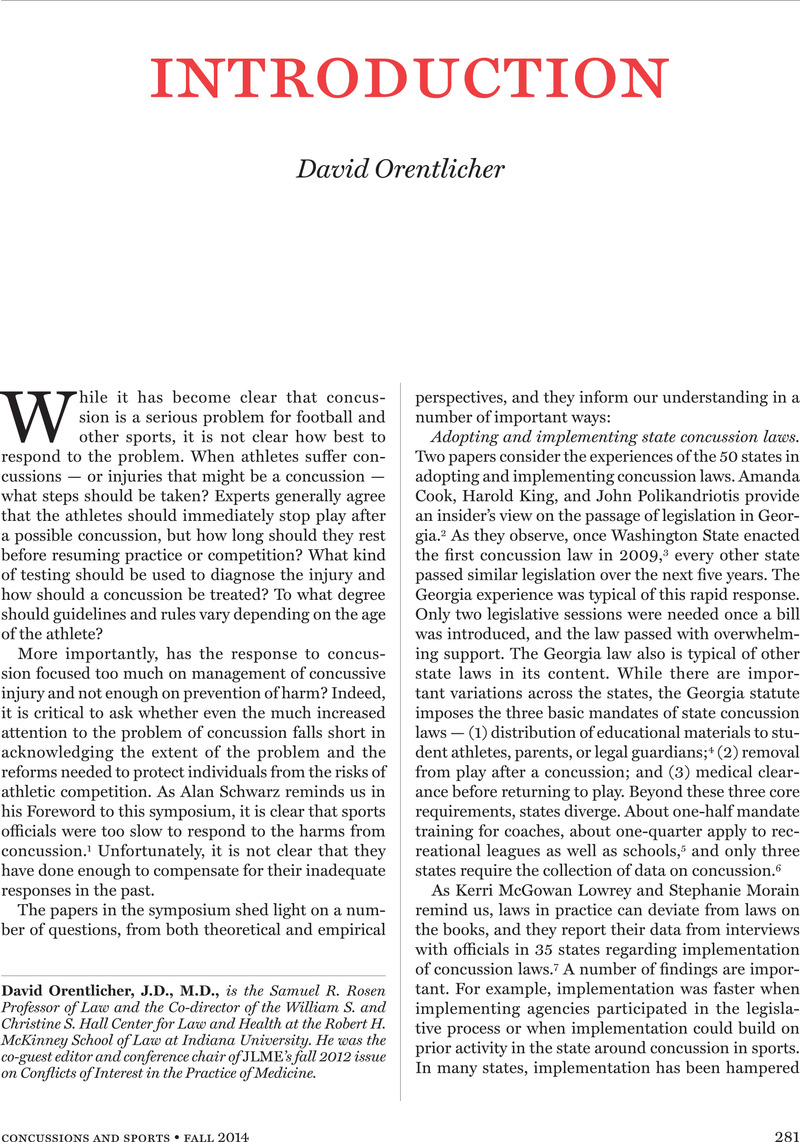Id Baugh, et al also found that many states go beyond the statutory minimums. For example, “although New York is the only state with a law that requires return to school information be provided, there were 23 other states that included information about returning to school in their concussion education materials.”
Baugh, et al supra note 4.
Google Scholar 